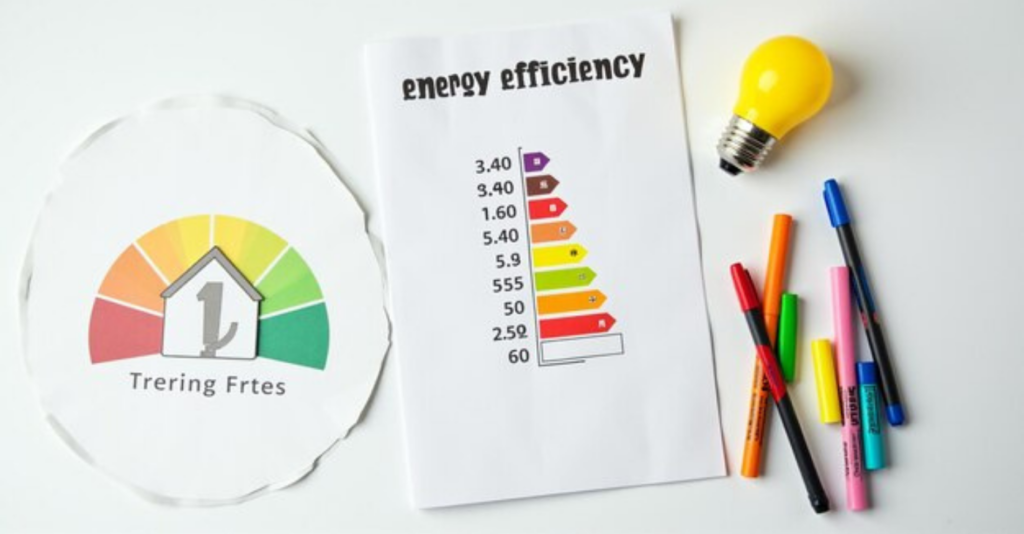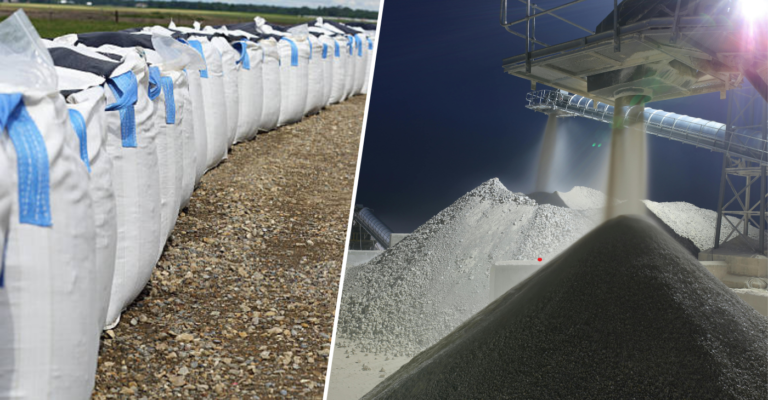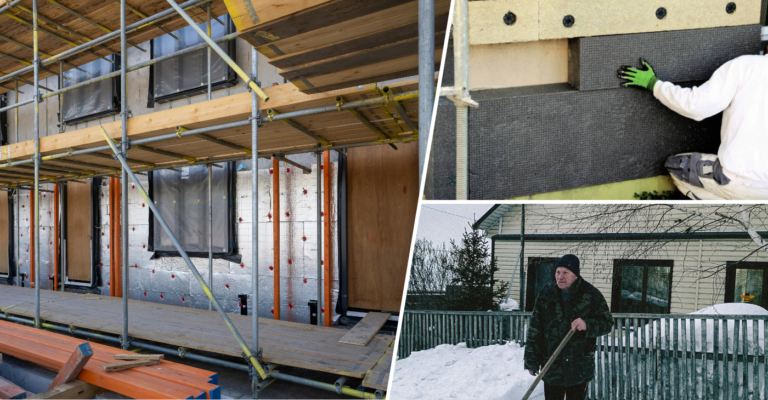What is a good SCOP rating for heat pumps?
What is a good SCOP rating? A good SCOP rating typically falls between 3.0 and 4.0, with modern systems achieving even higher values. SCOP is crucial because it measures the efficiency of heat pumps over an entire season. This rating ensures that a building’s heating system operates effectively across various temperatures. High SCOP ratings lead to significant energy savings and a more sustainable construction approach. In this article, we’ll break down how SCOP works, what factors affect it, and why it’s essential for modern buildings.
What is SCOP and why is it important for heat pumps?
SCOP, or Seasonal Coefficient of Performance, measures how efficiently a heat pump works over an entire heating season. It’s a key metric in construction, where energy efficiency is crucial. Unlike COP, which shows momentary efficiency, SCOP gives a broader view by averaging performance across different temperatures. It shows how much heating energy the system provides for each unit of electricity used, taking seasonal changes into account.
A high SCOP rating is vital for energy-efficient buildings, especially in sustainable construction projects. The higher the SCOP, the more efficient the system, leading to lower operational costs. This is important for both residential and commercial projects. Buildings with high SCOP heat pumps can benefit from reduced energy bills, making them more appealing to developers and architects focused on low energy use.
How is the SCOP rating calculated?
SCOP (Seasonal Coefficient of Performance) measures the efficiency of a heat pump over a heating season by comparing total heat output to energy consumption. It provides a broader view than COP, which only measures efficiency at a specific moment.
Steps to calculate SCOP:
- Measure heat output: Track the total heat produced by the heat pump during the season in kilowatt-hours (kWh).
- Record energy consumption: Measure the total electricity used by the system during that time, also in kWh.
- Divide heat output by energy used: Divide the total heat produced by the energy consumed to get the SCOP.
For example, if a heat pump produces 15,000 kWh of heat and consumes 5,000 kWh of energy, the SCOP would be 3.0. This means the system generates three units of heat for every unit of electricity consumed, a clear indicator of its seasonal efficiency.
Why SCOP is important in construction
SCOP is crucial in construction for selecting energy-efficient equipment. A high SCOP rating ensures the system performs well throughout the year, accounting for changes in outdoor temperatures. This is especially important for large projects aiming for sustainability certifications or meeting energy codes.
By considering SCOP, construction teams can estimate long-term operational costs and reduce energy consumption. Systems with a SCOP above 3.5 are typically seen as efficient, making them suitable for residential and commercial projects focused on cutting energy use and lowering environmental impact.

What is considered a good SCOP rating?
In construction, a good SCOP rating typically ranges from 3.0 to 4.0, with modern heat pumps often achieving even higher. Advanced systems can have a SCOP of 4.1 or more, especially in projects focused on energy efficiency. Heat pumps with SCOP ratings below 2.8 may not meet energy regulations in places like the UK, where meeting building and environmental codes is essential.
A higher SCOP means the heat pump generates more heat per unit of electricity, which is key for energy-efficient building design. Systems with higher SCOP ratings not only cut operational costs but also support sustainable construction goals. For instance, a pump with a SCOP of 4.0 delivers four units of heat for every unit of electricity, making it an efficient choice for homes and businesses.
Choosing a heat pump with a good SCOP also reduces long-term maintenance and operating costs. High-efficiency systems lead to lower heating bills, making the building more affordable to maintain. In today’s construction, heat pumps with SCOP ratings over 3.5 are increasingly popular for their performance in different climates, ensuring energy efficiency year-round.
How does SCOP vary with climate?
SCOP ratings change depending on the climate where the heat pump is used. In colder areas, like northern Europe or parts of the UK, air-source heat pumps struggle to extract heat, leading to lower SCOP ratings. As the temperature drops, these systems become less efficient because there’s less heat available in the air.
In milder climates, like southern Europe or coastal regions, SCOP ratings are higher because heat pumps have more consistent outdoor temperatures to work with. This makes the system more efficient overall. Ground-source heat pumps perform better in colder areas since the ground temperature stays stable all year, providing a reliable heat source.
In construction, choosing a heat pump that suits the project’s climate is crucial. For colder areas, ground-source heat pumps may be the best option to maintain good performance throughout the season. In milder climates, air-source pumps with higher SCOP ratings can meet energy goals more effectively.
What’s the difference between SCOP rating vs. COP?
COP measures a heat pump’s efficiency at a specific moment under ideal conditions. It gives an instant snapshot of how well the system is working at that time. In contrast, SCOP measures efficiency over an entire heating season, taking into account changes in outdoor temperatures.
For construction projects, SCOP is more useful because it reflects how the system performs in real-world conditions. While COP shows peak efficiency, it doesn’t account for the variations in performance throughout the year. SCOP, on the other hand, provides a fuller picture of how the heat pump will work over time.
When selecting a heat pump, choosing based on SCOP ensures better long-term energy performance. Project teams can make more informed decisions by focusing on SCOP, which helps in managing energy use across different seasons and conditions.
Why you should care about a good SCOP rating
A higher SCOP rating directly impacts energy use and utility bills. In construction projects, especially those focused on green standards, systems with high SCOP ratings lower operational costs over the building’s life. Reduced energy consumption cuts heating bills and helps lower the building’s carbon footprint, which is vital for sustainable construction.
In the long term, investing in a heat pump with a good SCOP rating leads to financial savings by reducing energy waste. It also lowers maintenance expenses, making the system more cost-effective over time. This is important when planning projects that aim to maximise energy efficiency.
Efficient heating systems with high SCOP ratings make buildings more appealing to tenants and buyers. This adds value to the project and is a key consideration when designing energy-efficient, eco-friendly buildings.
Factors that affect SCOP ratings
Several factors in construction can influence a heat pump’s SCOP rating. The quality of installation is one of the most important. Even a top-rated heat pump will perform poorly if it’s not installed properly. System sizing is another key factor—if the heat pump is too small or too large for the space, it won’t run efficiently.
The building’s insulation also affects SCOP. Poor insulation allows heat to escape quickly, making the system work harder and lowering the SCOP. Ensuring good insulation helps the heat pump perform at its best. Regular maintenance is essential to keep the system running efficiently and maintain high SCOP values.
Routine upkeep prolongs the heat pump’s lifespan and ensures it operates efficiently year after year. These factors are critical in maintaining optimal SCOP ratings, helping to reduce energy use and operational costs over time.
What are the SCOP rating ranges for different heat pumps?
Different heat pumps offer varying SCOP ranges. Air-source heat pumps usually have SCOP ratings between 3.0 and 4.0, depending on the model and climate. Ground-source heat pumps, on the other hand, typically have higher SCOP ratings, ranging from 4.0 to 5.0 or more. This is because ground temperatures are more stable than air temperatures, leading to consistent performance.
In construction projects focused on energy efficiency, ground-source heat pumps are often preferred due to their higher SCOP ratings. These systems are particularly effective in regions with colder winters, where stable ground temperatures offer an advantage.
For projects in milder climates, air-source heat pumps with SCOP ratings above 3.5 are usually sufficient to meet energy efficiency goals. This makes them a popular choice for residential and commercial builds in warmer regions.
How can you improve your heat pump’s SCOP rating?
Improving a heat pump’s SCOP requires regular maintenance to keep the system running efficiently. This helps prevent performance drops from wear and tear. Ensuring proper building insulation also plays a major role, as a well-insulated space reduces the workload on the heat pump.
Upgrading to advanced heat pumps with inverter-driven compressors can further boost SCOP. These technologies allow the system to adjust to real-time heat demand, making it more efficient in changing climates. This leads to better performance throughout the heating season.
Using a smart thermostat can also help improve SCOP by managing heating cycles efficiently. It reduces energy waste by optimising the system’s operation, ensuring that it runs only when necessary.
How to choose a heat pump based on SCOP ratings
When selecting a heat pump for a construction project, consider the SCOP rating in relation to the local climate. In areas with large seasonal temperature swings, a higher SCOP rating is necessary to ensure efficiency throughout the year. Additionally, make sure the heat pump is properly sized for the building. Undersized systems will struggle to meet heating demands, while oversized units will cycle inefficiently, reducing SCOP.
SCOP is a key factor when choosing a heat pump, especially for projects focused on long-term efficiency and sustainability. Selecting a system with a high SCOP rating ensures better energy performance over time.
By choosing heat pumps with high SCOP ratings, contractors can meet modern energy standards and deliver buildings with cost-effective heating solutions. This leads to reduced operational costs and increased sustainability for years to come.
Conclusion:
What is a good SCOP rating? A good SCOP rating not only reflects the energy efficiency of a heat pump but also the long-term cost savings it brings to a building. Heat pumps with SCOP ratings above 3.5 are ideal for projects focusing on sustainability and low energy consumption. By choosing systems with high SCOP values, you ensure that the building remains environmentally friendly and cost-effective in the long run. In construction, it’s clear that prioritising SCOP is a smart investment for both the project and future occupants. Read more about HVAC questions and answers – Tips and knowledge







